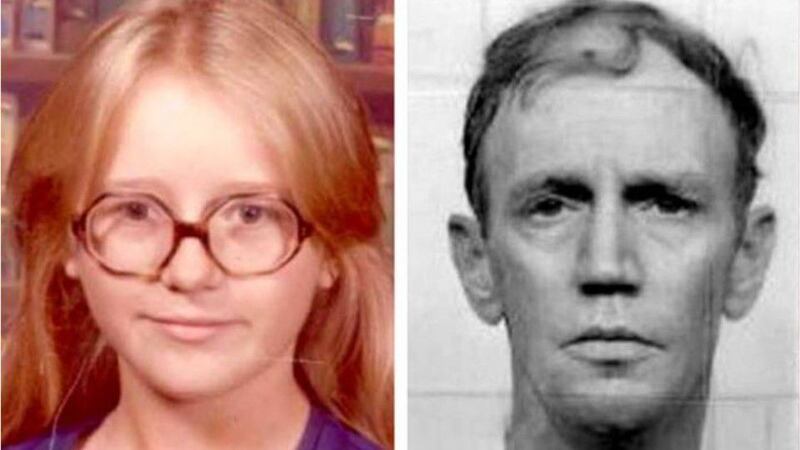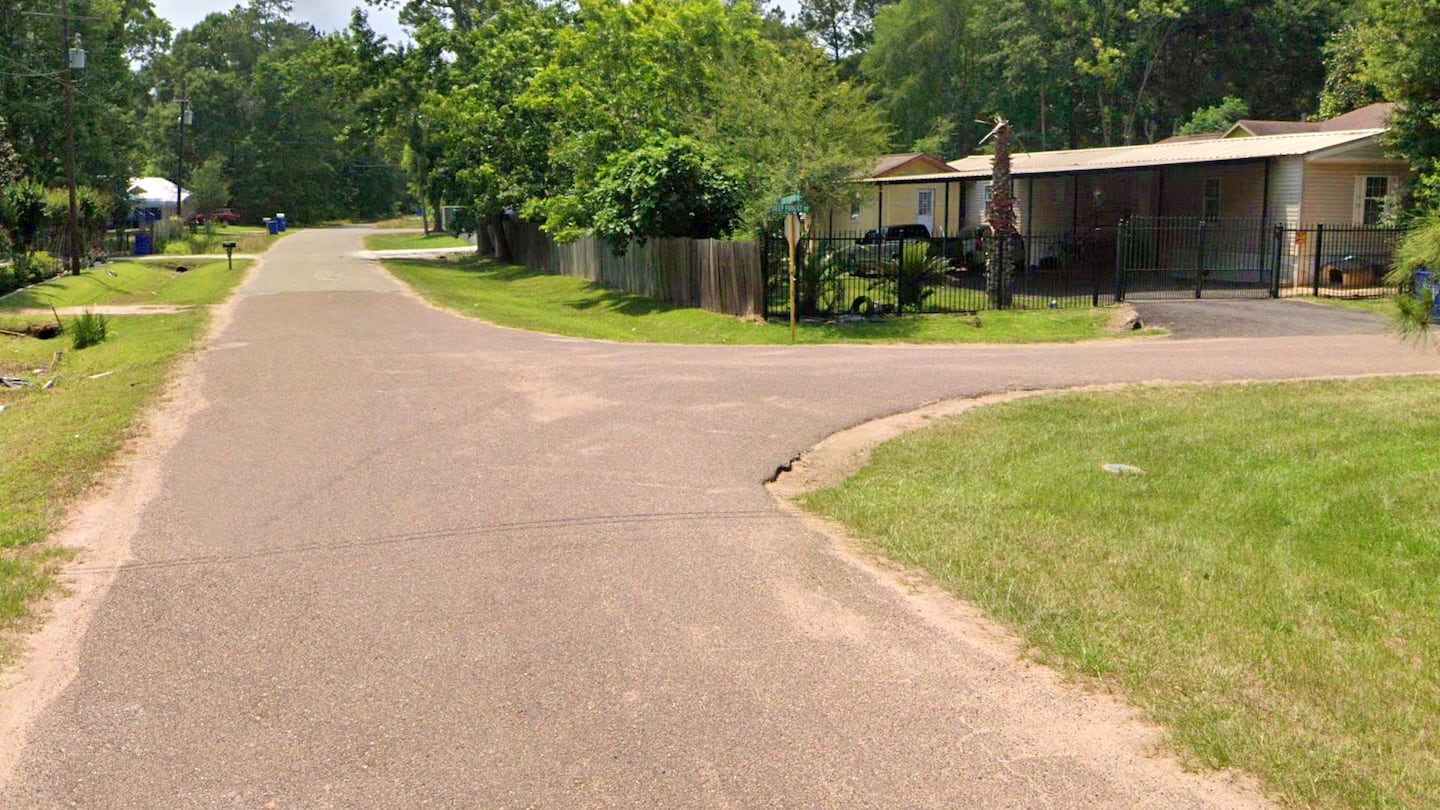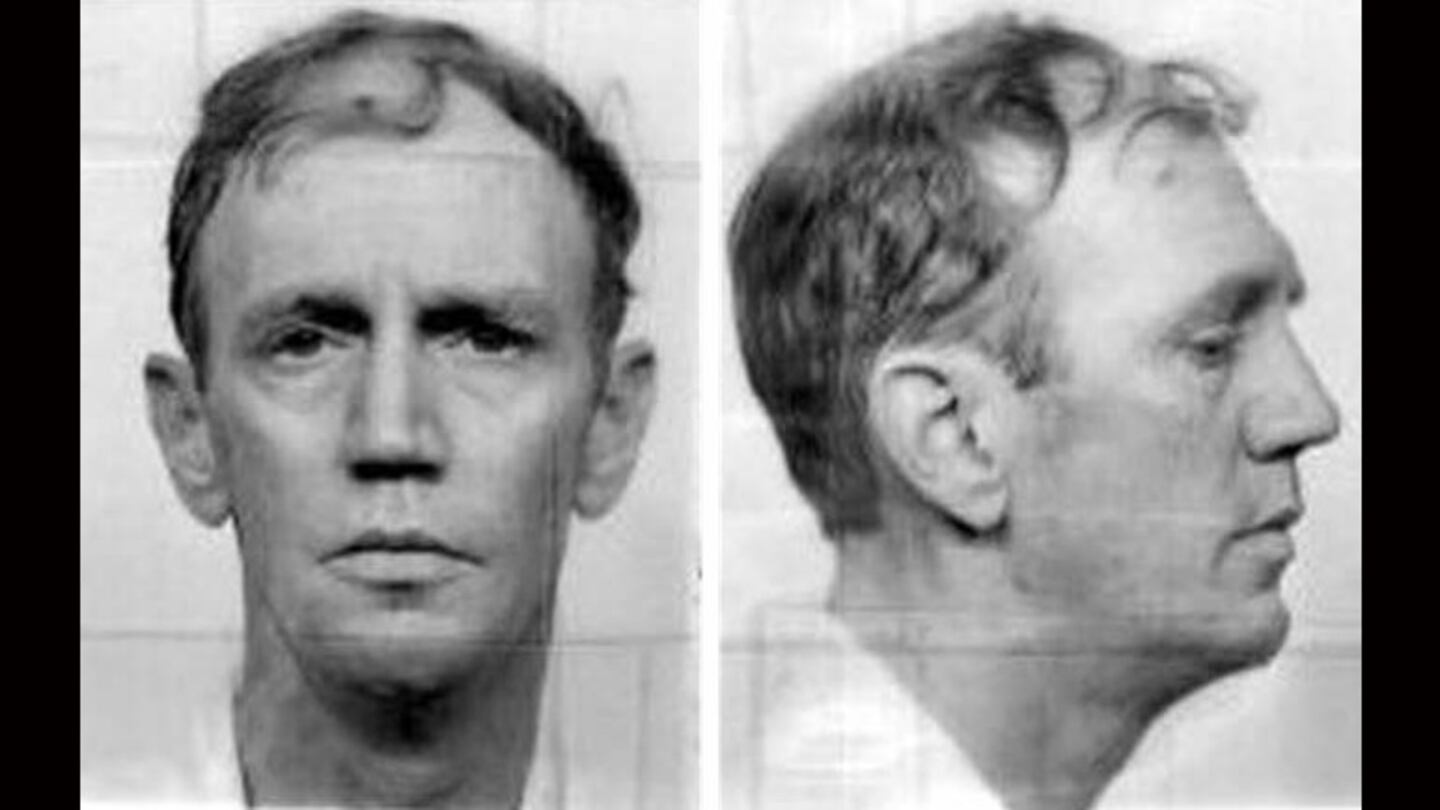CONROE, Texas — A new technology for finding DNA has helped detectives identify an executed death row inmate as the killer of a 12-year-old girl slain in Texas in 1979.
Lesia Michell Jackson vanished Sept. 7, 1979, after spending the day at the pool in her Conroe neighborhood. Despite extensive efforts, Montgomery County authorities were unable to find her killer.
Last fall, cold case investigators used a new forensic technology called M-Vac to examine Lesia’s clothing for any DNA evidence left behind by her killer. The M-Vac is a wet-vacuum-based collection method that, according to a study in the Journal of Forensic Sciences, can find DNA on surfaces that might not yield genetic material through other collection methods.
In April, forensic scientists with the Texas Department of Public Safety were able to identify a male DNA profile on the girl’s clothes.
“This unknown DNA profile was loaded into the FBI-managed Combined DNA Index System, called CODIS,” authorities said in a news release last week.
The profile matched that of Gerald Dwight Casey.
There was one snag: Casey, 47, had been executed by lethal injection April 18, 2002, for the brutal 1989 robbery and murder of Sonya Lynn Howell.
Watch ABC 13′s 2018 report on the murder of Lesia Jackson below.
Earlier this month, authorities compared the DNA from Lesia’s clothing with that from a blood sample taken from Casey in 1989. The test confirmed the match.
“This complex and detailed investigation spanning 43 years is the oldest cold case homicide investigated and solved by the Montgomery County Sheriff’s Office,” Lt. Scott Spencer said in a statement. “The tenacity and diligence in solving this case by a dedicated team is a reminder to our public, and to those who commit crimes in our communities, that we will never cease our efforts to solve the hardest of cases and bring closure to traumatized families.”
A pair of brutal crimes
Lesia and her older brothers spent a late-summer day at Lake Wildwood, a small lake near their Conroe home. According to ABC 13 in Houston, the 12-year-old stayed behind after her brothers decided to leave for home.
She was last seen walking alone toward her home, which was about an eighth of a mile from the lake. Lesia’s family called the police, who launched an extensive search for the missing junior high student.
EXTRA INFO: this is the missing person’s report filed in Montgomery Co 3 days after Lesia Jackson disappeared. No such thing as an #AmberAlert in 1979. Lesia’s body was found another 3 days after the report was taken. #abc13 #coldcase pic.twitter.com/1esdea3NUJ
— Courtney Fischer (@CourtneyABC13) February 15, 2018
“The next day her glasses were found at an area intersection, and sadly, on Sept. 13, 1979, an oil-field worker found her body in a heavily wooded area along a pipeline near Exxon Road,” Montgomery County Sheriff’s Office officials said.
The girl had been raped and murdered.
Detectives spent the next several years following leads, but no arrests were made. The case went cold.
Meanwhile, Casey continued committing crimes, mostly involving burglary and drugs. Ten years after he allegedly killed Lesia, that would change.
In July 1989, Casey and a woman, Carla Elizabeth Smith, visited an acquaintance, Daryl Pennington, in an effort to sell him a television and some furniture. According to Clark County prosecutors, the pair was trying to raise the cash to move from Texas to Florida.
When Pennington declined to buy the items, they formulated a plan.
A few days later, early on the morning of July 10, 1989, Smith called Howell, who lived with Pennington. Once she determined that Howell was home alone, she told the woman that she and Casey were coming over to do some “partying,” authorities said.
The plan was to steal Pennington’s gun collection, which included one .22-caliber semiautomatic Ruger, two Browning rifles with scopes, two semiautomatic rifles, one HK-91 rifle, one 8200 Browning double-barrel shotgun and one Mossberg pump shotgun.
>> Read more true crime stories
Smith, who testified against Casey at his trial, told the court that she dropped Casey off at Pennington and Howell’s mobile home and went to a nearby convenience store to await his call. When he called her to come and get him, she found him in a wooded area near the couple’s home.
“She … noticed that he was wearing a different shirt and was carrying the shirt he had worn earlier. The shirt was covered in blood that was later determined to be consistent with that of Sonya Howell,” prosecutors said. “Casey also had with him several guns, two imitation Rolexes, a gold nugget ring, a class ring, other assorted jewelry and an ‘Ozarka’ water jug containing loose change.”
The pair went to their motel room, where they began removing the change from the jug. After going to a bank to get coin wrappers, they went to a local bar called Kehoe’s, where Casey attempted to sell some of the guns.
“While at the bar, Casey made several phone calls and asked the employees and patrons of Kehoe’s if they were interested in purchasing weapons,” prosecutors said.
Meanwhile, Pennington went home and found Howell bludgeoned and shot to death. According to authorities, she was beaten with a telephone receiver and shot nine times.
Pennington’s .22-caliber Ruger was later determined to be the murder weapon.
Casey and Smith ultimately sold some of the guns, including the Ruger, and hid the rest at William’s Gully, a remote area of Harris County. Authorities also found the bloody shirt, a bloody rag, spent bullet casings and cartridges and a can of WD-40 they’d used to remove fingerprints from the weapons.
Casey denied killing Howell and claimed that Smith had beaten and shot her after the two women got into an argument.
His hair matched unknown hairs found on Howell’s body, however. According to prosecutors, Howell’s blood matched that found on the rag and shirt.
Casey was convicted in October 1991 and sentenced to death. Smith received a 10-year sentence in the case and was paroled in 1999, authorities said.
©2022 Cox Media Group










